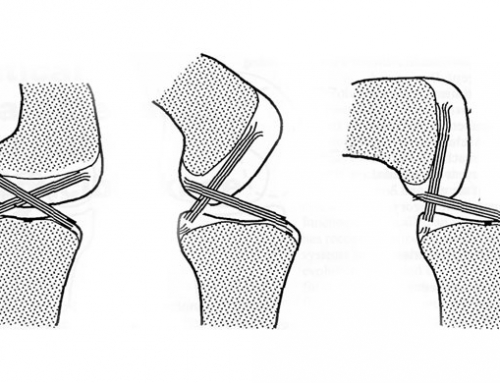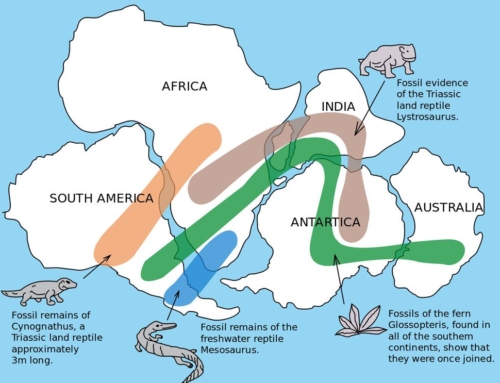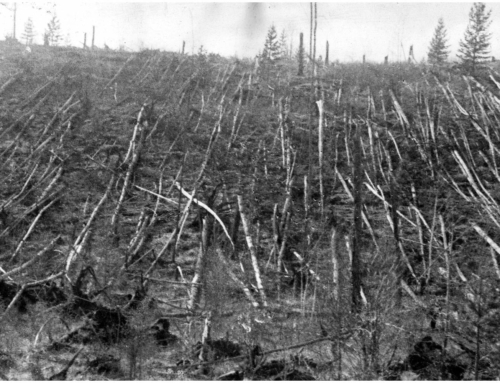Knowledge gain comes from observing the world around us.
- We observe the tangible world of animals or plants or rocks or buildings or tools. They are facts which we can repeatedly confirm by observation.
- We can also observe the way these natural and artificial phenomena behave in given circumstances. To describe these, laws are defined.
Facts
Each of these “facts”, however, behaves in a certain predictable way.Thus water vapour crystallises into snow to fall on Mount Fuji but at the higher temperatures on the lower slopes returns to liquid; the cherry blossom appears as part of an annual cycle; the Shinkansen train is dependent on gravity to keep on track at speed.
Some of these characteristics are universal and invariable and many have been defined mathematically. These are physical laws.
- Mount Fuji, Japan
Laws
Here are two laws in common use in interpreting science and history. The universal law of gravitation applies on earth and in the universe. Isaac Newton developed it to explain why an apple fell to the ground; the tides result from the sun and moon’s gravitational pull; gravity is responsible for maintaining the orbits of earth and other planets around the sun.
The law of superposition states that sediments are deposited horizontally with the oldest at the bottom and the youngest at the top. It is much used in both geology and archaeology. This law provides the starting point for interpreting any subsequent events which may have disturbed that sequence of layers.
- The Law of Gravity maintains the orbits of the planets
- Jurassic rock sequence at Lyme Regis, Dorset, England
- Zig-zag folding of the Carboniferous rocks at Millook, Cornwall, England
- Simulated archaeological stratigraphy
But facts and laws do not explain why things exist or behave in a certain manner.










